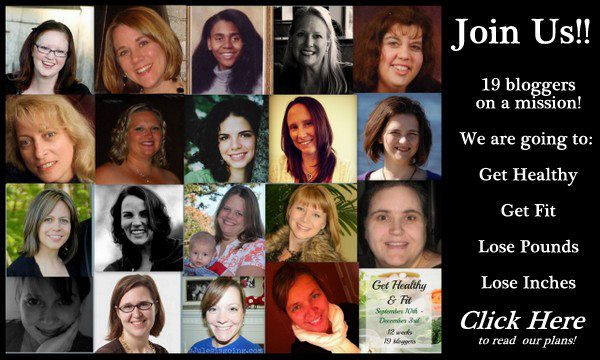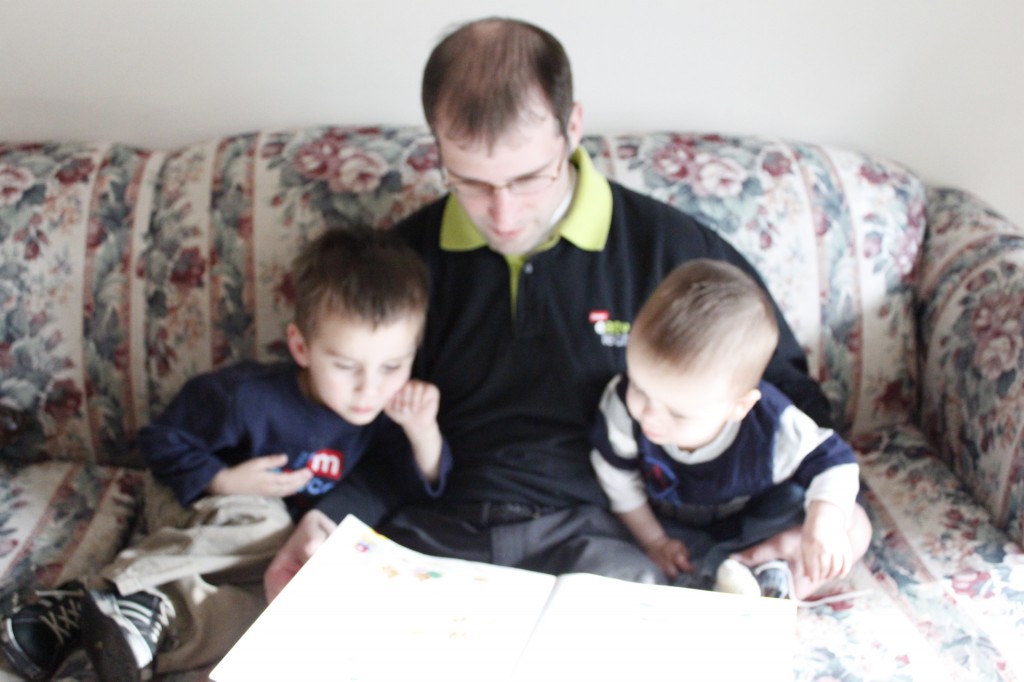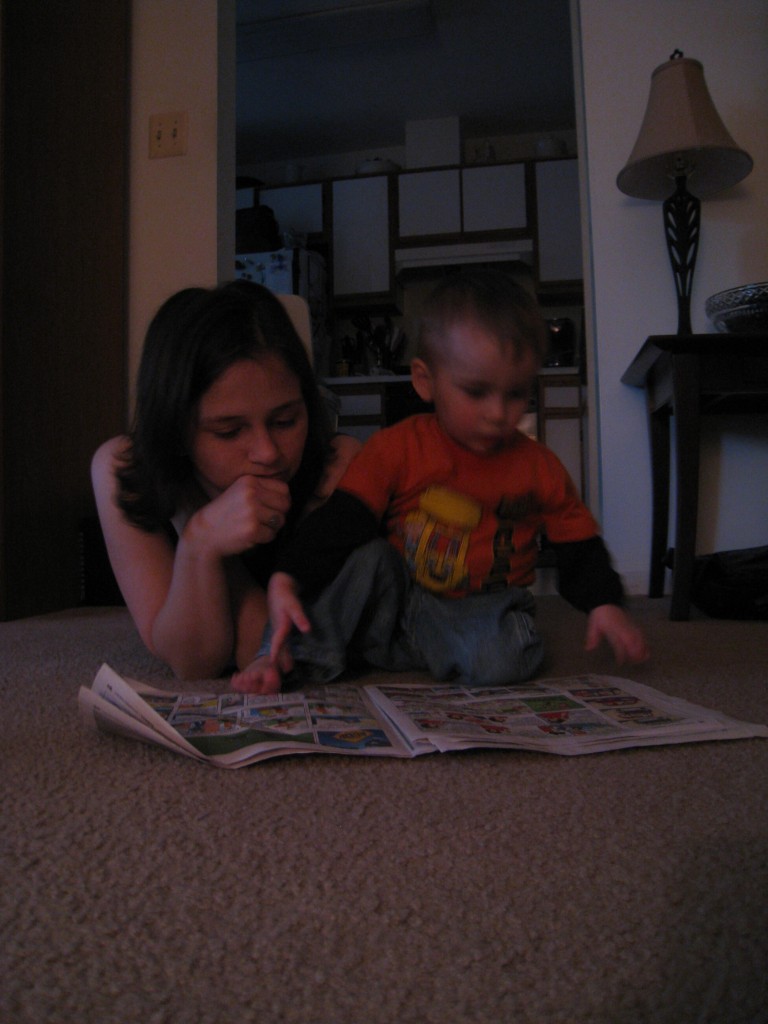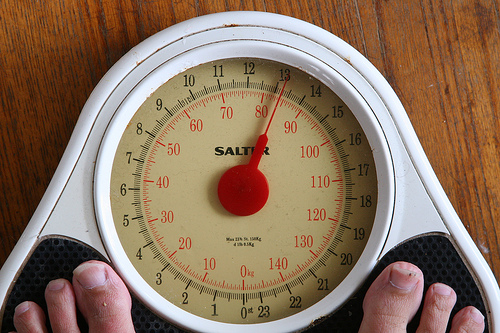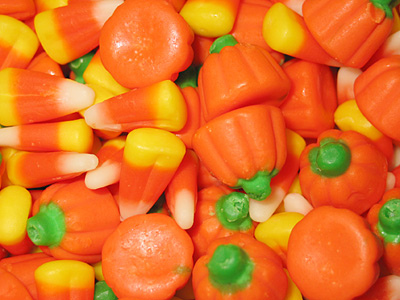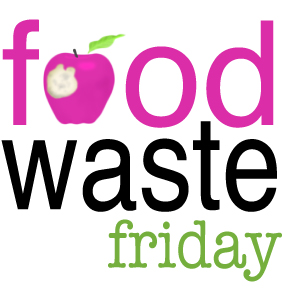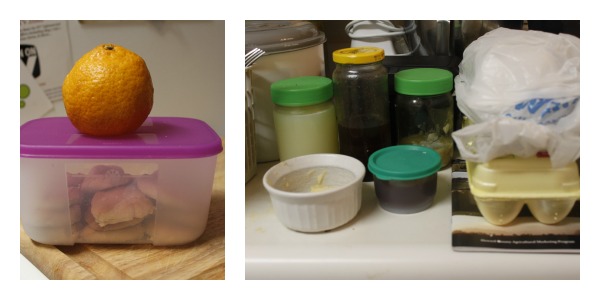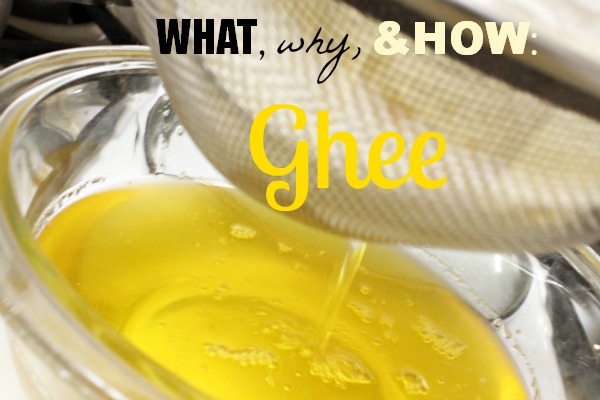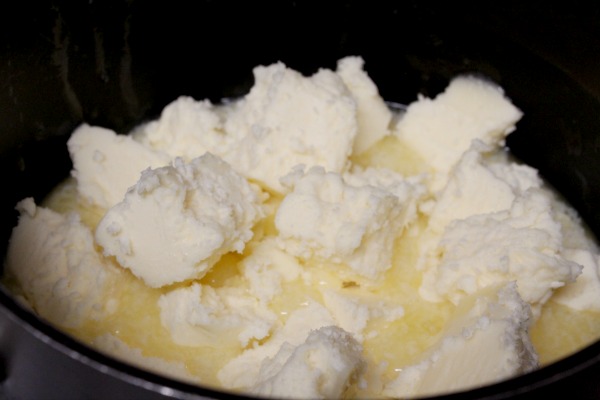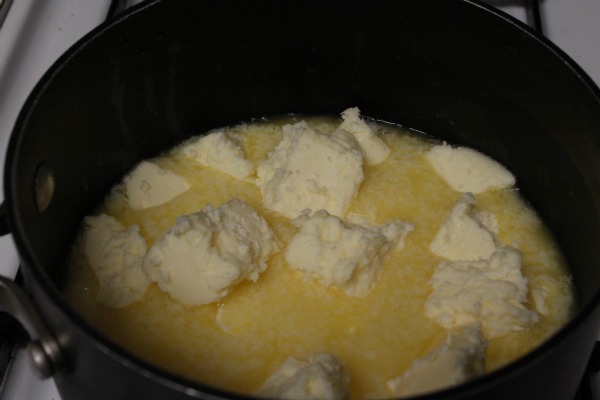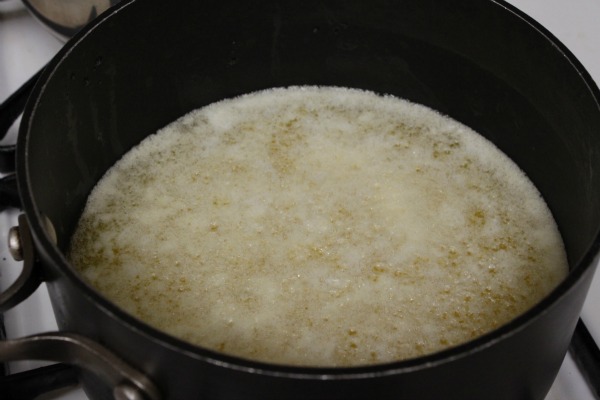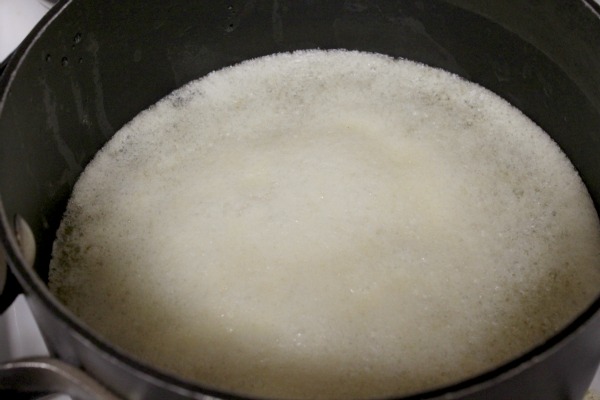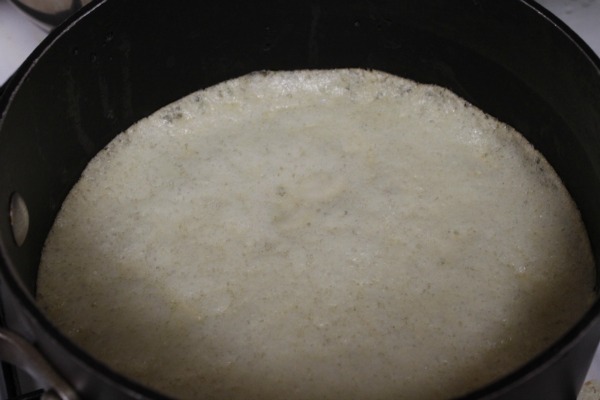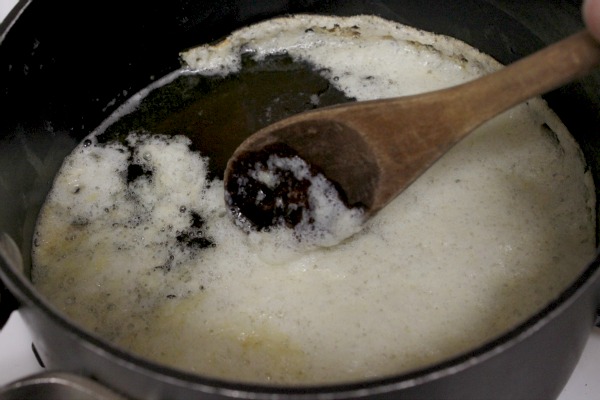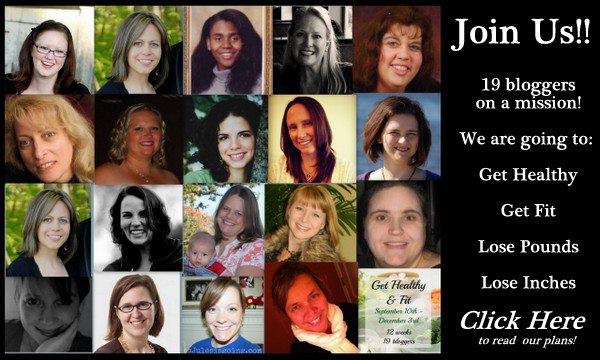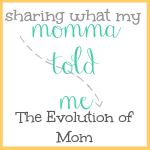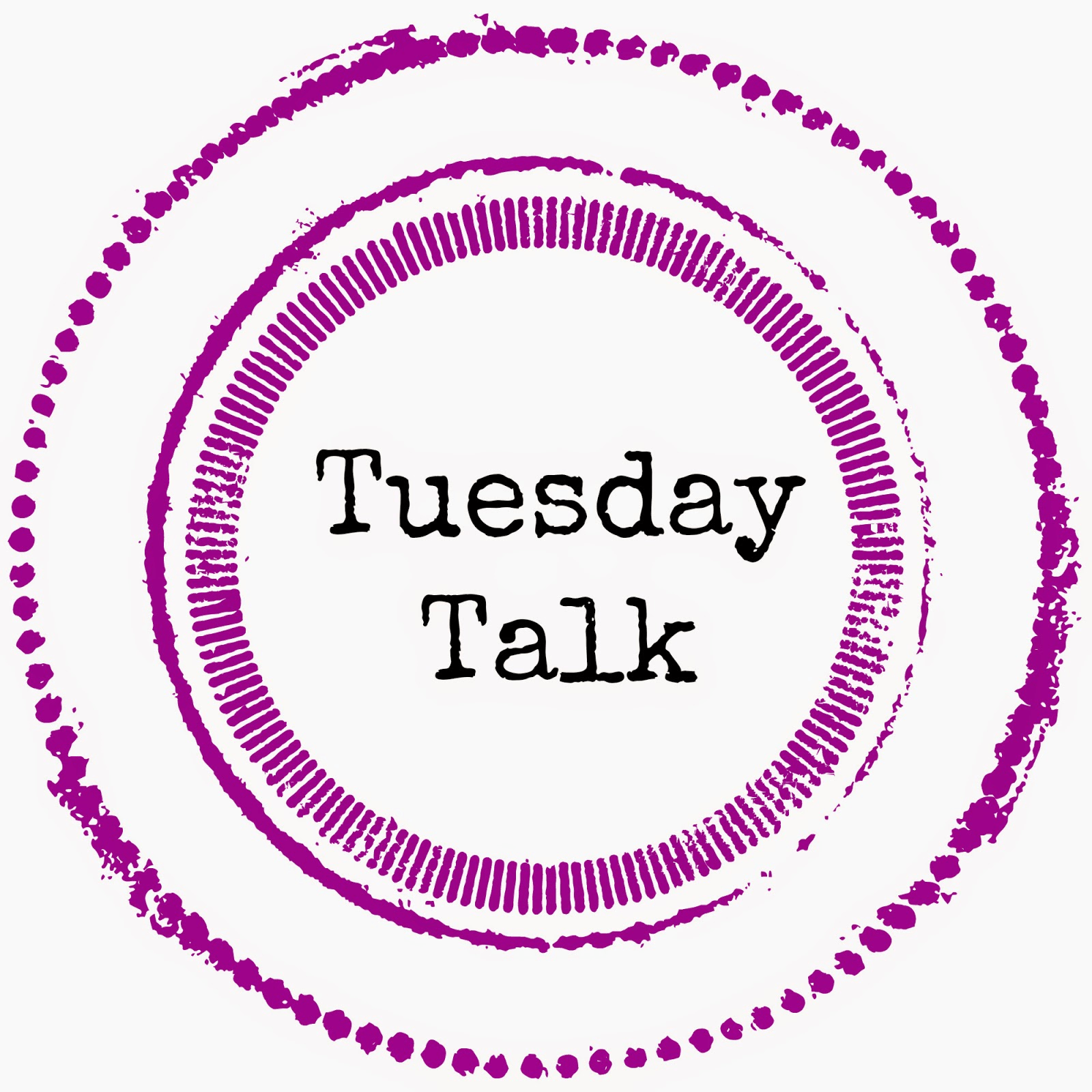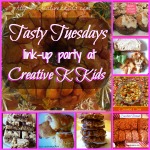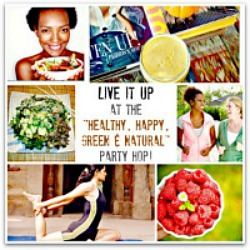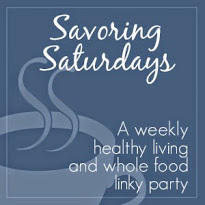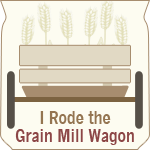Welcome back to the Get Healthy & Fit series here at Authentic Simplicity! Joining me are 18 other bloggers, all desirous of improving their health and raising their level of fitness. We each have a different goal in mind and a different plan to reach that goal; and you can follow each blogger’s progress here. Follow along on Twitter and Pinterest as well!
I discussed my personal goals at length the first week, but to sum up, this is what I’m hoping to do in the course of these 12 weeks:
- Kick my sugar habit
- Lose approximately 10 lbs. and a few inches
- Fit in my clothes
- Develop sustainable habits like eating more proteins and fewer carbs
Low-Carb Vs. No-Carb
After reading Gary Taubes’ Why We Get Fat and What to Do About It, I decided that going low-carb was a permanent lifestyle change I needed to make. But even though he came close to recommending eliminating all carbohydrates and starches entirely, I knew I didn’t want to go that direction.
For one thing, I can’t do that permanently. There’s no way I can deprive myself for the rest of my life of all starches! That just wouldn’t be fun, and eating is supposed to be fun as well as functional. My whole goal here is to develop new habits that I can sustain indefinitely, so on that score alone, going no-carb is out of the picture.
Then there is the issue of nutrition. If we focus too closely on the carbs-sugar-weight connection, we might lose sight of the big picture. The fact is, carbohydrates - the right kind of carbohydrates - have health benefits, too.
What Makes Good Carbs Good
So I’ve been telling you over and over that carbohydrates raise insulin levels which increases fat storage. That is true. But not all carbs are created equal! The “good” carbs actually help maintain a healthy weight in 3 different ways: by increasing the rate at which your body burns fat, by reducing the size of stored fat cells, and by releasing glucose into the bloodstream more slowly so that less insulin is released.
Bad carbs - refined sugars and flours - increase the amount of insulin your body releases, which is what you don’t want. Eventually, your body will lose its sensitivity to the insulin, kind of like you lose your sensitivity to loud noises when you are constantly exposed to them (think of a train track that practically runs through your backyard - after a while you don’t even notice it). Good carbs, on the other hand, help your body to maintain a high level of insulin sensitivity.
What are the Good Carbs?
So how do you differentiate between the good and bad carbs?
Fortunately, the bad carbs are easy to spot: they’re made from refined flours and sugars and are far too easily digested and absorbed by your body.
The good carbs are called “resistant starches” because they “resist” digestion. They are typically full of fiber and protein, not just carbs (hence the phrase “empty carbs”).
Some good carbs you’ll want to include in your diet:
- Beans
- Lentils
- Split Peas
- String Beans
- Whole, Unprocessed Grains (I’m actually giving away some whole millet right now!)
- Sourdough Bread
- Bananas
- Mangos
- Cooked & Cooled Potatoes & Pasta
Another great thing about these resistant starches is that if you eat them with “bad” carbs (or prior to eating the bad carbs), the good carbs will help reduce the negative effects of said bad carbs. I wouldn’t go whole hog eating bad carbs, but it’s nice to know for those occasions when it can’t be avoided (like your kid’s birthday for example!).
The Caution
First of all, I’m only speaking of naturally occurring resistant starches. Manufacturers have, of course, found a way to insert their own man-made “resistant starches” into their processed foods, and I don’t consider those to be any healthier than other processed foods available. I’m sticking with God-made whole foods!
Secondly, it’s important to keep things in balance. Overall, I think starches - resistant or not - should play a much smaller role in the modern diet than they currently do. Healthy fats, proteins, vegetables (and fruits, too, even if they are carbs!) should form the bulk of the overall diet. But when carbs are consumed… make them good carbs.
To that end, later today, I’ll be posting a great recipe for a healthy good carb snack you’re gonna love!
For more information on good carbs, read these articles:
- Beans Seen to Discourage Diabetes
- What are Resistant Starches?
This Week’s Update
I saw some progress on the scale this week, which is exciting! Here’s hoping my weekend didn’t totally blow it all away (I only weigh on Fridays). The other stats remain more or less the same.
Here are my current stats that I will update every Monday:
Weight: 134.2 (down 2.4 pounds from my starting weight)
Waist (inches): 30-31
Butt: 40-41 (same)
Hips: 40-41 (trending downward)
Find out how the other ladies are doing with their weight loss efforts and other goals by clicking on the image below.
What do you think causes weight gain: excess fat, excess carbs, or just too much food in general?
Sharing at Homestead Barn Hop, Better Mom Monday, Titus 2 Tuesdays, Tiny Tip Tuesday, Titus 2sday, Traditional Tuesday, Teach Me Tuesday, Domestically Divine Tuesday, Healthy 2Day Wednesday, Allergy Free Wednesday, Women Living Well Wednesday, Works for Me Wednesday, Frugal Days Sustainable Ways, The Mommy Club, Delicious Dishes, Keep it Real Thursday, Simple Lives Thursday, Homemaking LinkUP, Life in Bloom, Thought-Provoking Thursday, Fight Back Friday, Simply Natural Saturday
